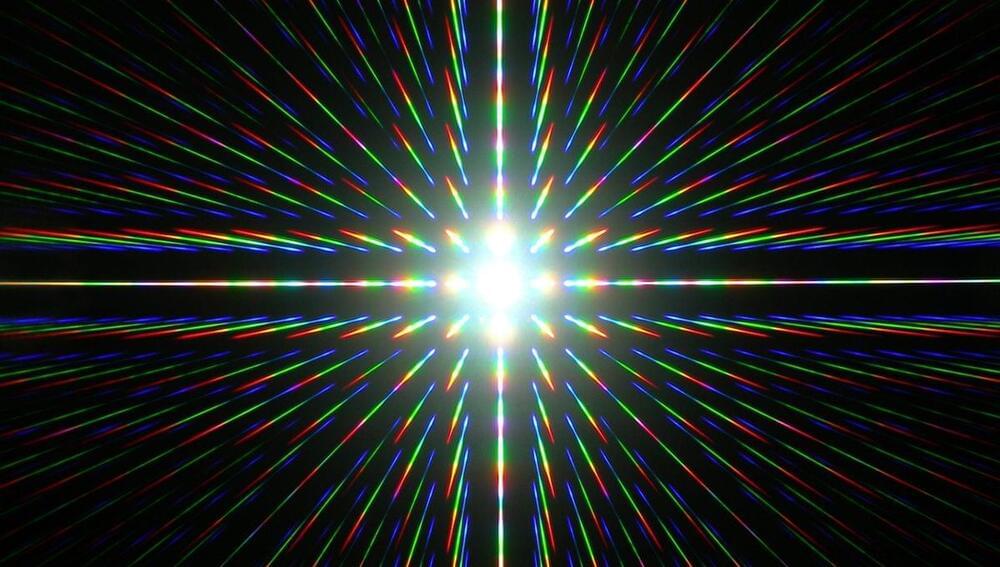The wave-particle duality was demonstrated not only with electrons, but when it came to atoms and even molecules, things got complicated. Electrons are 1,800 times lighter than the lightest atom (something discovered by Thomson’s father J.J. Thomson) so they can more easily diffract through the lattice of a crystal.
Atom diffraction had so far been seen in reflection. The atoms were bounced off a surface that was etched to have a grating. The lines don’t need to be as thin as 10,000 times smaller than a hair, like the most important machine you’ve never heard of makes them. Grids with much larger lines, which could have been made in the 1930s, were enough to showcase this phenomenon. However, researchers haven’t been able to show the diffraction of atoms through a crystal until now.
In a yet-to-be-peer-reviewed paper, Carina Kanitz and colleagues from the Institute of Quantum Technologies and the University of Vienna demonstrated diffractions of hydrogen and helium atoms using a one-atom-thick sheet of graphene. The atoms are shot perpendicularly at the graphene sheet at high energy. This should damage the crystal but it doesn’t, and it’s the secret of this successful experiment.
